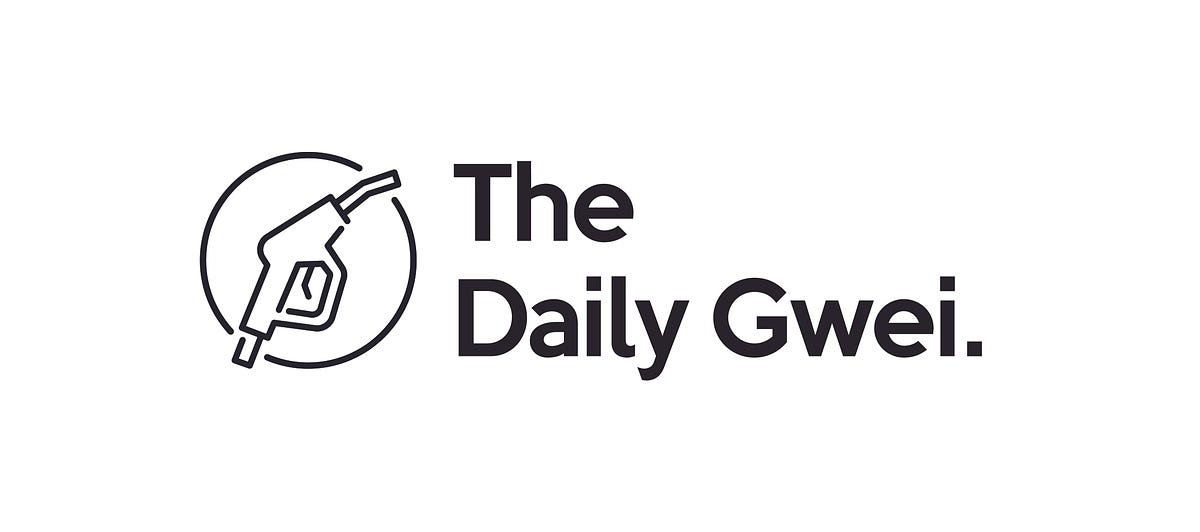


Today is a special day as it’s the day of the 300th edition of The Daily Gwei newsletter! To mark this occasion, I’ve teamed up with my good friend Nader to put together an EIP-1559 explainer piece. It’s the first piece that I’ve written with a co-author for the newsletter and I’m excited that it’s about one of the most important upgrades in Ethereum’s history. Nader and I would also like to extend our thanks to both Tim Beiko and Trent Van Epps for their review and feedback of this piece.
There’s been a lot of hype in the Ethereum community around EIP-1559 since it was first proposed in April of 2019. Now, with EIP-1559 scheduled to go live on mainnet next week with the London upgrade, Nader and I have put together this piece to give you an overview of EIP-1559 and how it brings with it many benefits outside of the well-known fee burn.

Before fully diving into EIP-1559, it is essential to clear up a few misunderstandings. First, EIP-1559 doesn’t inherently make it cheaper to transact on Ethereum in the long run. Gas prices fluctuate based on the demand to submit a transaction versus the supply of available block space. This EIP only helps smooth out gas prices by allowing the block size to increase slightly during sudden surges in demand. It doesn’t increase the scalability of the chain and therefore isn’t a solution that will lower gas prices in the long run.
Second, even though some amount of ETH is burned for every transaction, it does not necessarily mean that enough ETH will be burned to offset the current issuance rate. For that to happen, a base fee of ~150 gwei would need to be sustained to offset the current eth1 (Proof of Work) issuance and a base fee of ~20 gwei would be required to offset the current eth2 (Proof of Stake) issuance.
Currently, Ethereum uses a first-price auction for pricing transactions, meaning users that bid the highest prices are the ones that are most likely going to have their transactions included first. However, the biggest issue with this model is that gas prices can fluctuate wildly due to sudden surges in demand for Ethereum’s limited blockspace. Users often have to gamble when they submit a transaction and frequently overpay to guarantee that their transactions are included. Overall, EIP-1559 seeks to provide a better user experience by changing how transaction fees are estimated and how the network handles surges in usage.